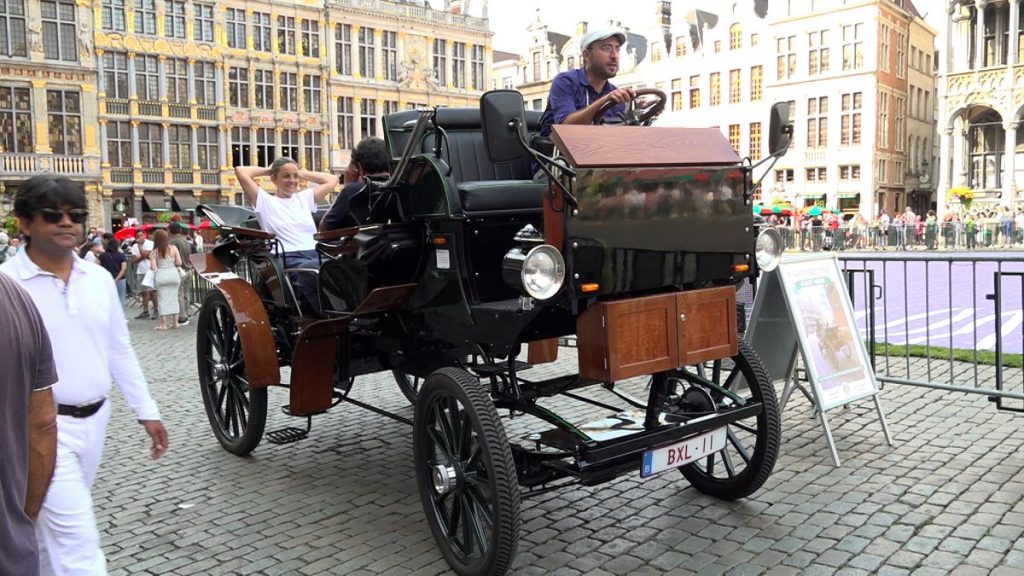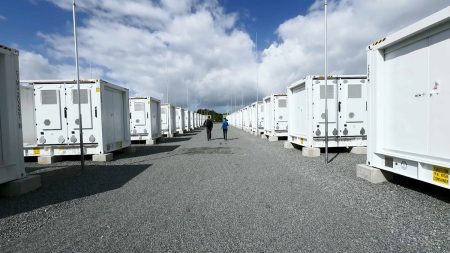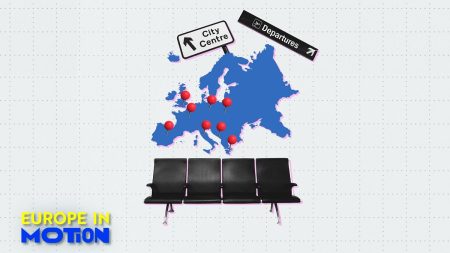Brussels has become the first city in Europe to fully transition from horse-drawn carriages to electric vehicles for city tours. This change was initiated by Thibault Danthine, who won a call for funding from the city of Brussels in 2022. Concerns about the welfare of animals, logistical issues, and changing ethical attitudes towards using animals in commercial activities were some of the reasons cited by Danthine for making the switch. Additionally, a tragic incident in Seville where a horse died while pulling a carriage during a heatwave highlighted the risks associated with using animals in this way. Danthine has sold his six horses and invested in two electric carriages, with a third one on the way, all of which were manufactured in Poland. The new vehicles, with a range of 120 kilometres, have been well received by city residents.
The decision to transition to electric vehicles has been met with enthusiasm from the people of Brussels. Many residents appreciate the reduction in noise and smell caused by the horses in the city, as well as the improved welfare conditions for the animals. One student, named Sari, expressed her support for the change, noting that the horses used to spend long hours in the city surrounded by tourists. According to Danthine, people today are looking for new and unique experiences to enjoy with family and friends, making electric carriages a popular choice for city tours. Other cities have taken notice of Brussels’ initiative and have reached out to Danthine about switching to electric vehicles for their own tours, indicating a potential shift in the transportation industry.
The electric carriages used in Brussels are a modern adaptation of the traditional horse-drawn carriages, paying homage to Robert Anderson, the 19th century inventor credited with creating the first crude electric carriage in Scotland. Danthine’s vehicles have a range of 120 kilometres and require recharging every two days, making them a sustainable and eco-friendly alternative to horse-drawn carriages. The entrepreneur has made a significant financial investment in these vehicles, reflecting his confidence in their ability to attract tourists and enhance the city’s tourism offerings. By embracing new technology and prioritizing animal welfare, Brussels has set an example for other cities looking to modernize their transportation systems and cater to changing consumer preferences.
The phasing out of horse-drawn carriages in Brussels marks a significant cultural and environmental shift in the city’s tourism industry. Not only does the transition to electric vehicles represent a more humane approach to conducting city tours, but it also aligns with the growing demand for sustainable and eco-friendly transportation options. As cities worldwide grapple with issues related to animal welfare, pollution, and urban congestion, Brussels’ decision to adopt electric carriages sets a positive precedent for others to follow. By prioritizing innovation, ethics, and environmental concerns, the city has demonstrated its commitment to creating a more inclusive and sustainable tourism experience for residents and visitors alike.
Overall, the shift from horse-drawn carriages to electric vehicles in Brussels represents a transformative moment in the city’s history. This transition was driven by a combination of factors, including concerns about animal welfare, logistical challenges, and changing societal attitudes towards using animals in commercial activities. Danthine’s decision to invest in electric carriages reflects a forward-thinking approach to tourism management, one that prioritizes sustainability, innovation, and customer satisfaction. As other cities express interest in adopting similar practices, Brussels’ initiative serves as a blueprint for implementing environmentally conscious transportation solutions that benefit both residents and tourists. By embracing change and embracing new technologies, Brussels has positioned itself as a leader in the global shift towards more ethical and sustainable tourism practices.













